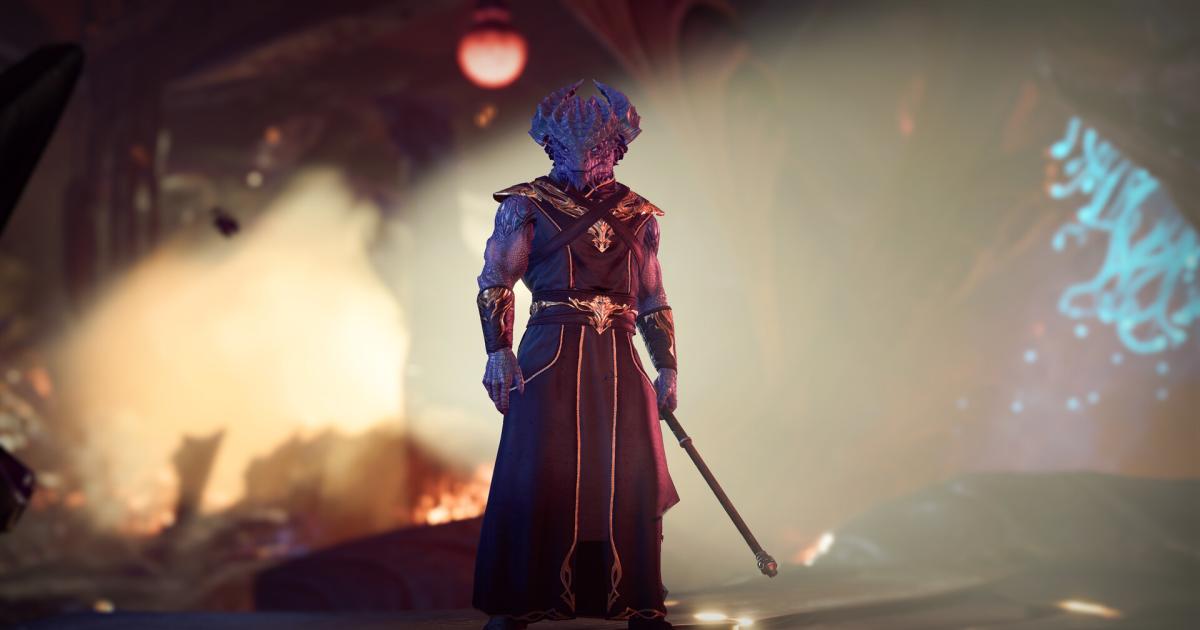Larian is having trouble fitting Baldur’s Gate III on the Xbox Series S, the lower-priced and lower-powered console in Microsoft’s ninth-generation lineup.
I was looking up more information on why there’s such an issue getting BG3 on Xbox, and found this article with a lot more detail on the topic.
EDIT: The issue isn’t graphics or frame rate; it’s memory. The article goes into detail.



The 16GB number is a bit more complicated, because consoles share CPU and GPU RAM. 16GB can mean 8GB VRAM + 8GB RAM, or 4GB VRAM + 12GB RAM. I assume the console UI and kernel and such will take up 1GB (the Windows 10 minimum RAM spec). The game requires 4GB of VRAM on Steam (probably 1080p), which means consoles with 10GB of (V)RAM will have about 5GB of (V)RAM available, maybe more if the OS can minimize its RAM use.
That said, 10GB is still a LOT of RAM. Unlike with the PC version, console don’t need to swap memory back and forth all the time, so the RAM load should be significantly lower. The game is complex and difficult, but I don’t think it needs to be 16GB of (V)RAM complex and difficult.
I bet the less powerful console will get a version that’ll run eventually, but it’ll be a bit before the post-release optimization can be finished.
It’s been a while since I did Xbox memory mapping (One X) but IIRC there is approx 2GB of ram withheld by the system, and then an additional one or two can be recalled by the system for the purposes of running things like background downloads, party chat, video chat. That means that when your game goes to cert it’s checked to be performant under max OS load; so 6GB. This causes lots of issues (and is a pain as even MS’s analytics indicated this was a use case that appeared almost never. From what I have heard since, these TCRs/XRs/FTCs having changed much.